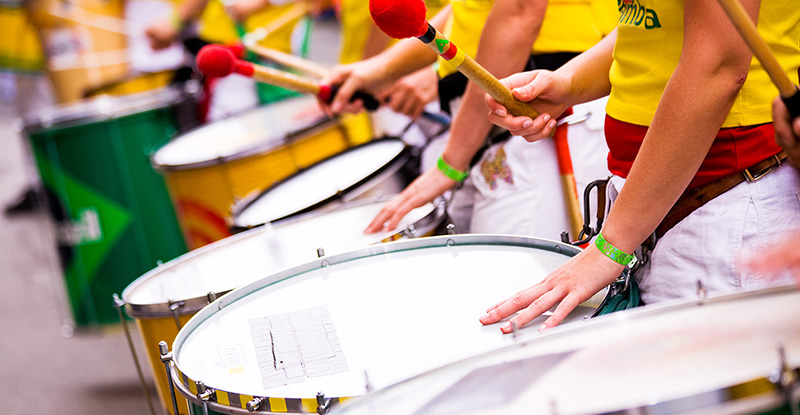


Historically these sides cannot really be separated but given the canvas of their respective seasons – you must side with the visitors. I can’t see where these two can be split, so why keep trying to complicate it? Back the draw at a steady price.Ģ9/20 Ceara | Draw 17/10 | Internacional 39/20 (00:00) Flamengo have been a bit more direct – even at their own expense – whereas Santos looks as though they prefer ball retention and playing through the phases. Tricky game I think, both teams have largely blown hot and cold all season and stayed clear of any consistency. The same cannot be said for their guests though, Mineiro come into the game after winning three on the bounce and scoring more than a goal in every one. I’m not sure Juventude remember what that winning feeling experience is like! I mean they haven’t managed to score more than a single goal since April, let alone kill off an opposition. These sides have seen more than two goals being scored between them just once in the last seven years! As a great man once said – “if it aint broke…”ģ3/10 Juventude | Draw 2/1 | Atletico Mineiro 17/20 (21:30) Fluminense have had the better of their guests in recent encounters, with the hosts winning four of their last six.įor me, under 2.5 goals at 9/20 is the banker though. The visitors come into this game off the back of a rather toothless draw to archrivals Santos. Leaves the body with a hunger that can only be satisfied by filling the silence with motion.Īs can be seen below, while the dancers Brenda Carvalho and Anderson Mendez da Rocha do not step on count four, the hips continue to move and therefore fill that count.12/10 Fluminense | Draw 17/10 | Corinthians 49/20 (21:30)

In terms of the music, samba involves a syncopation which creates a feeling of suspension, and this, as described by American cultural critic Barbara Browning:

While the celebrations in Rio de Janeiro are perhaps the most well-known outside of Brazil, carnaval is celebrated all over Brazil, usually in February. The sambadrome is a road-like structure flanked by seating on both sides, with a capacity of 90,000 people. The Rio de Janeiro samba schools now participate in annual competitions in a purpose-built venue which was first used in 1984. In the 1930s and 40s carnaval samba was harnessed for nationalist political purposes under Getúlio Vargas’ rule, promoting celebration of the African heritage in Brazil’s mixed-race culture. The original carnaval groups ( cordões and blocos) first appeared in approximately 1917 in Rio de Janeiro, and the first government-sanctioned, and re-named, escola de samba (samba school – a collective of dancers and musicians) was founded in 1928.Ī member of the samba school ‘Estacio de Sa’ presents her costume during their parade at the sambodrome in Rio de Janeiro, 2007. Originally, African-Brazilian people used the Christian event as a way to practice government-repressed aspects of their culture including their dance and music. Partly a modern manifestation of medieval Christian festivals that marked the coming of Lent with subversive and anti-authoritarian festivities and partly a descendant of the African coronation traditions.
#Samba meaning soccer driver#
Carnaval is, as London-based arts author Ian Driver writes: The samba in this context is danced individually as a part of a very large group, and is performed to complex percussion music played by a large marching band. When samba spread south to urban centres in the late 19th century, other forms of the dance started to emerge.įirst, there is the samba of the carnaval parades. Samba’s origins lie in the dances and religious practices of the West African slaves that were brought to Brazil during Portuguese colonisation, the slave trade beginning in approximately 1532.Īs famous dancer Jaime Arôxa explains in his 1996 Samba de Gafieira video, early samba, developed mainly in the northeast region of Brazil, was danced individually in a circle or line to percussion and clapping. Members of the samba school ‘Estacio de Sa’ present their costumes while riding a wagon during their parade at the ‘sambodromo’ in Rio de Janeiro, in 2007.


 0 kommentar(er)
0 kommentar(er)
